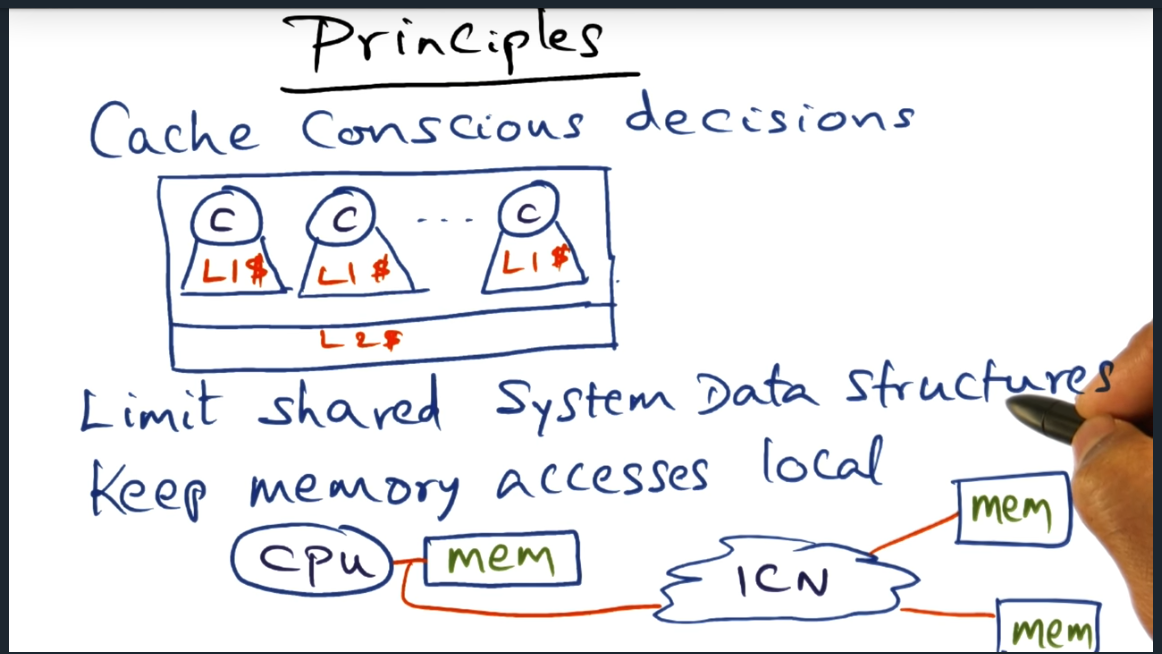Blog
-
Today I’m posting a super short daily review given that the midterm (for advanced operating systems) opens up in about 13 hours. Writing Published on drifting apart (as part of my daily review) Published my first set of guesses to the mid term questions Parenting and family matters Held Elliott in my arms while we…

-
Thanks to my wife for encouraging me to pull the trigger and start my online study group (i.e. the “war room”) for my advanced operating systems course. Basically, the idea came about after chatting with a class mate of mine and during our video call, I realized how many of us are basically studying alone…

-
Before stepping into parenthood, my wife and I would often read about other couples scheduling time for being “intimate” (aka sex), time alone just for the two parents. Without this deliberate effort, parents can fall into the trap of focusing 100% of their time on raising their children and forgetting what its like to be…

-
Being fully present as a parent all the time seems like an impossible feat. Although I’d like to think that I’m always present with my daughter, I do find myself sometimes mentally checking out. For example, yesterday, Jess had reminded me during lunch I should be in the here and now instead of scrolling on…






